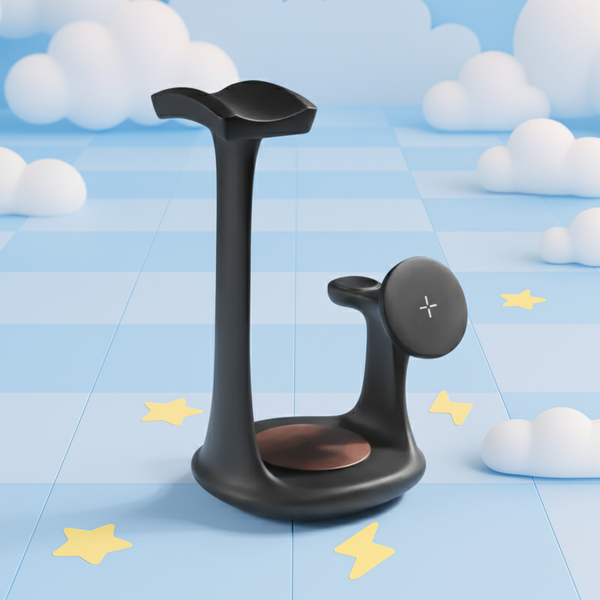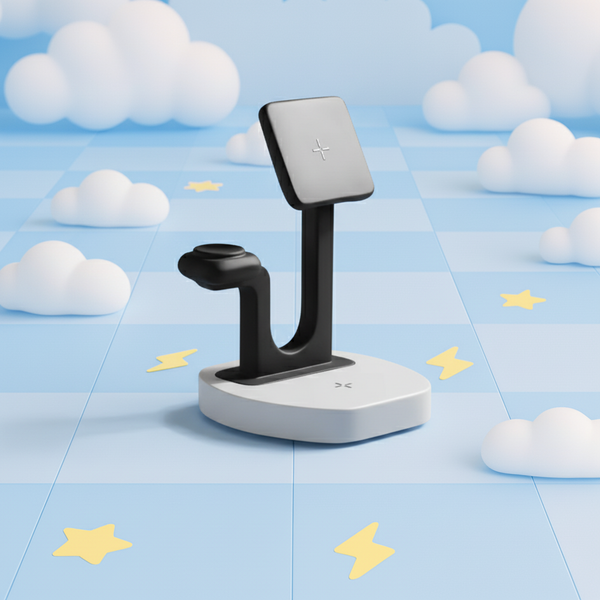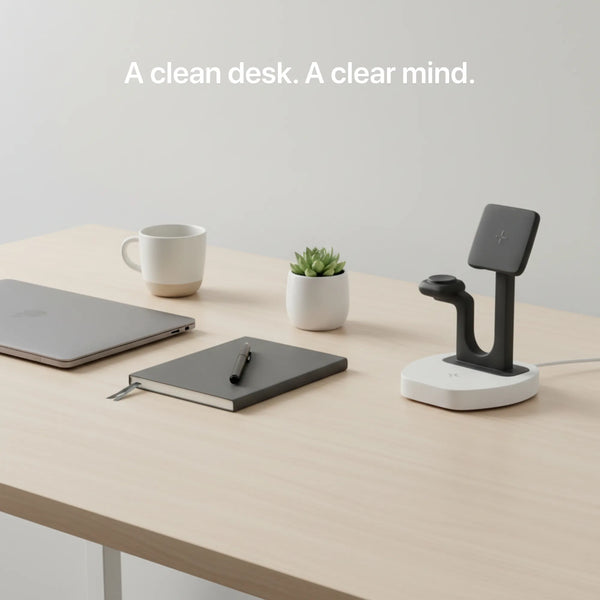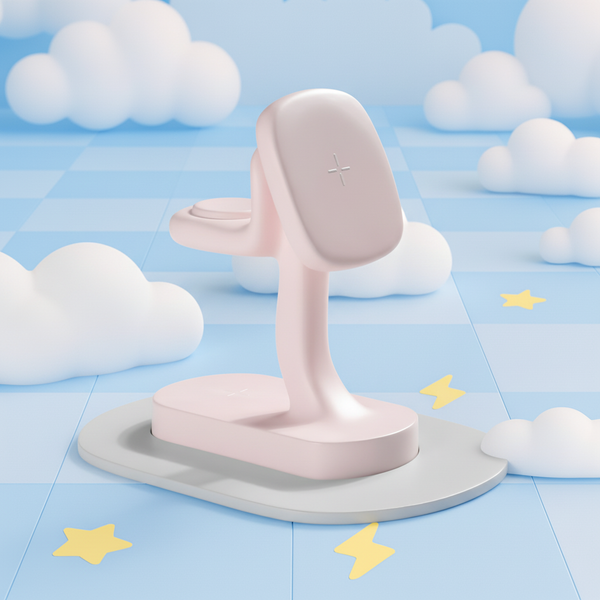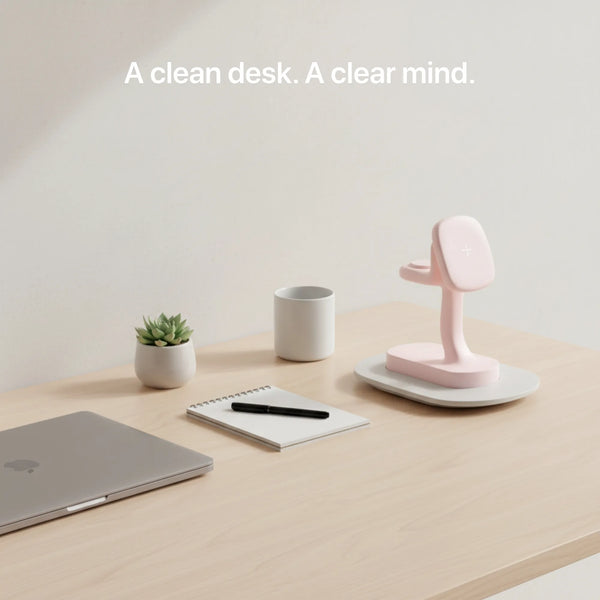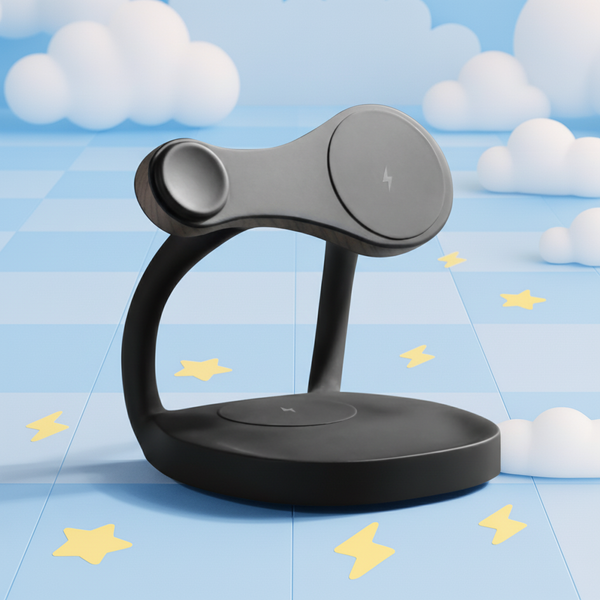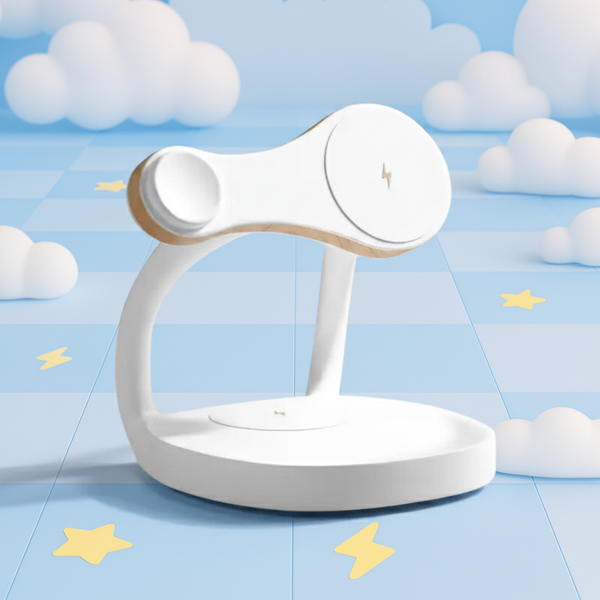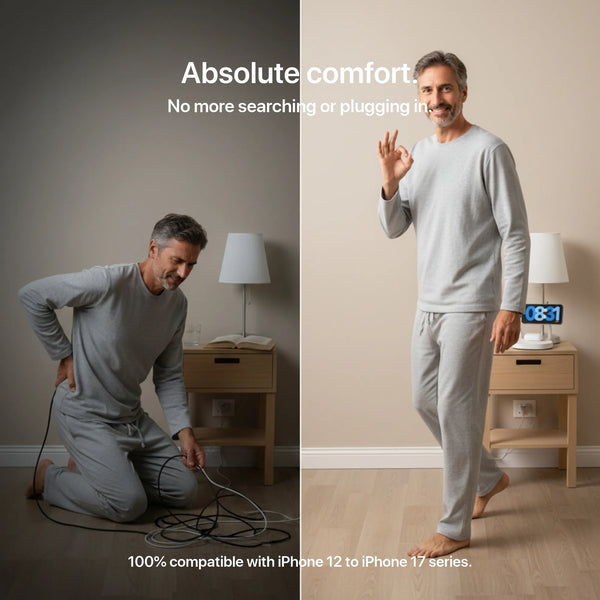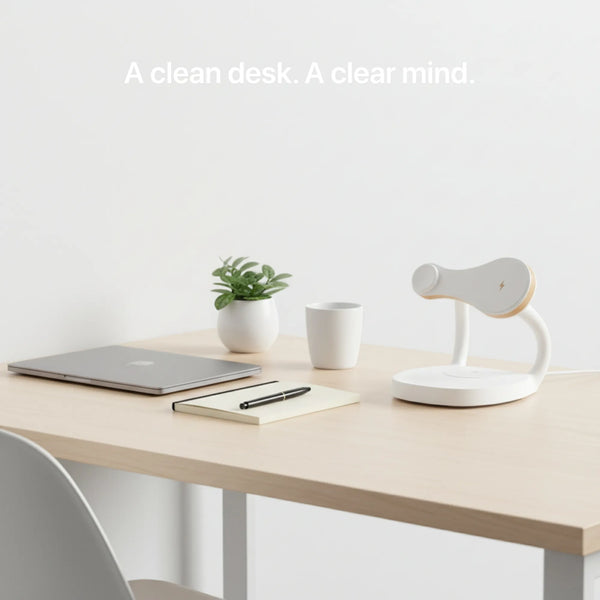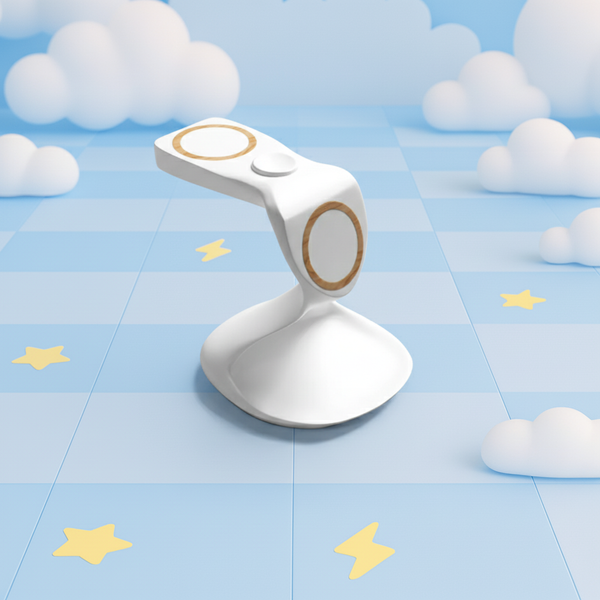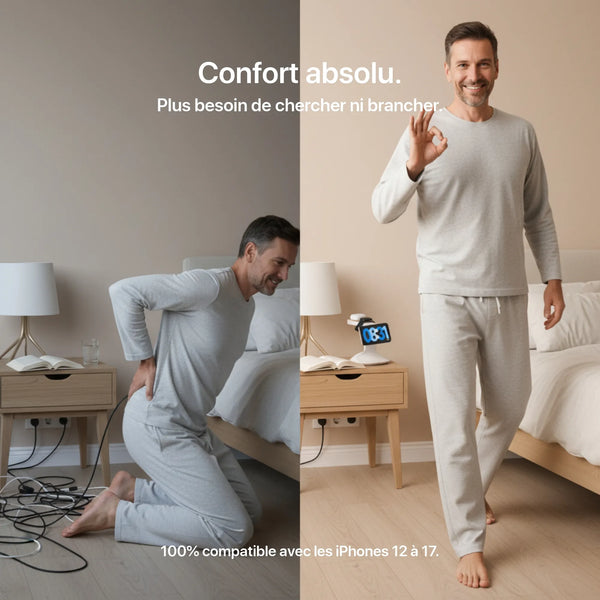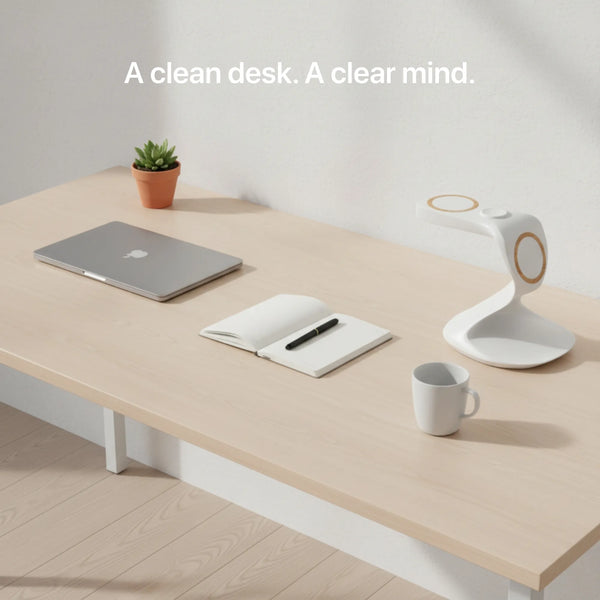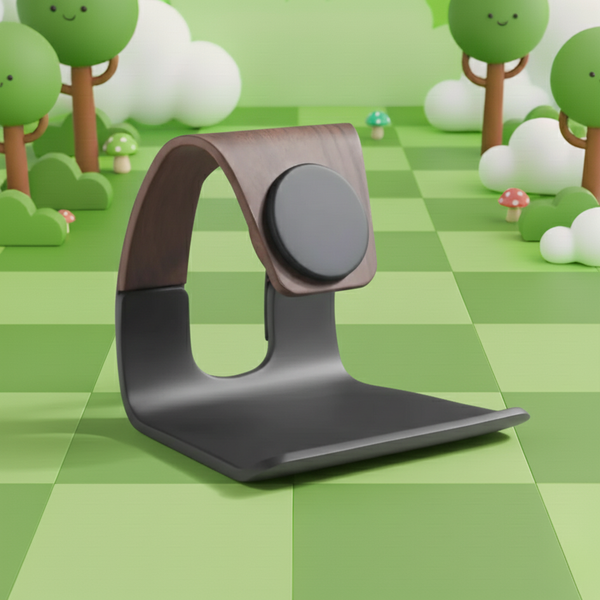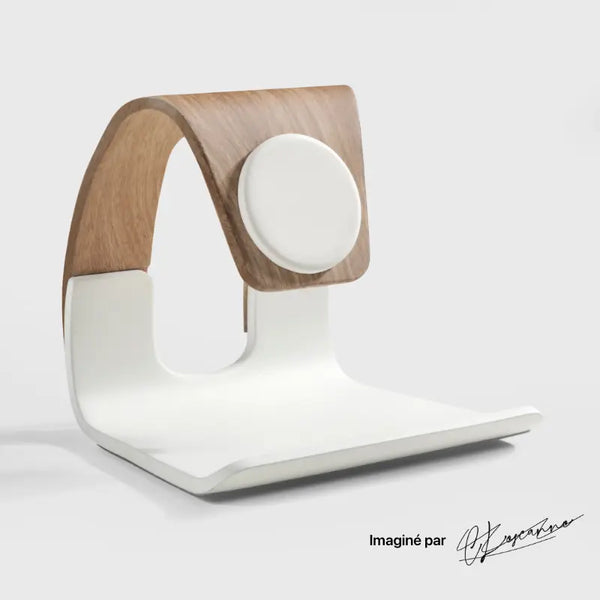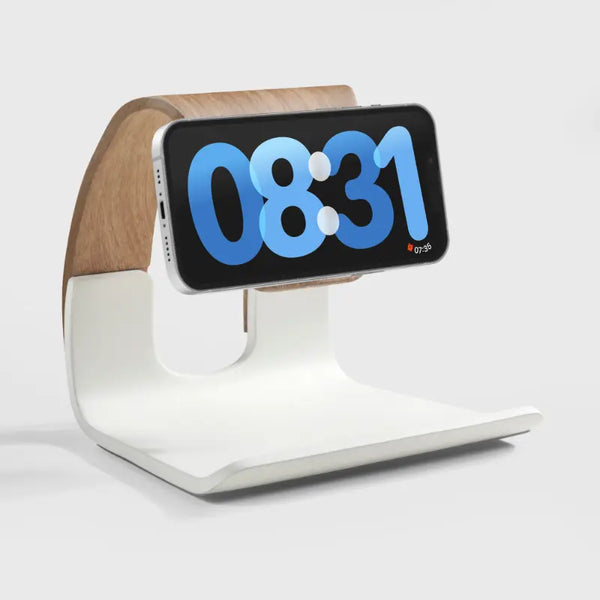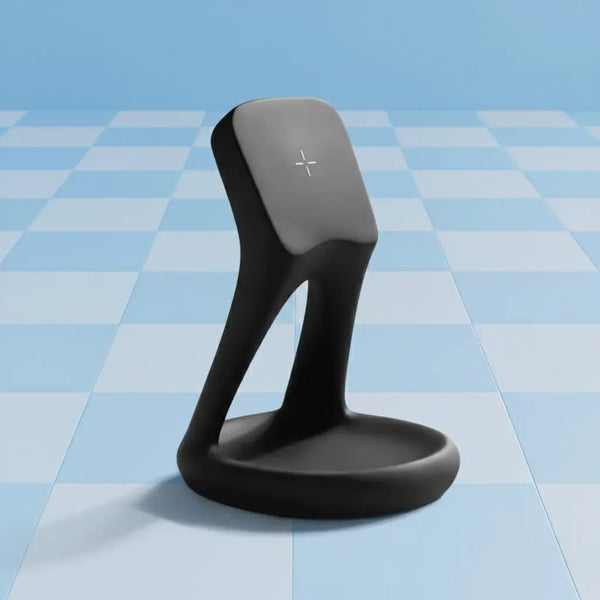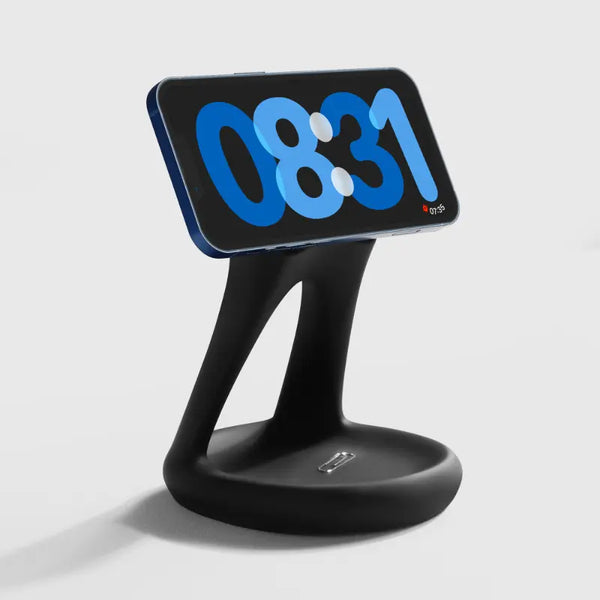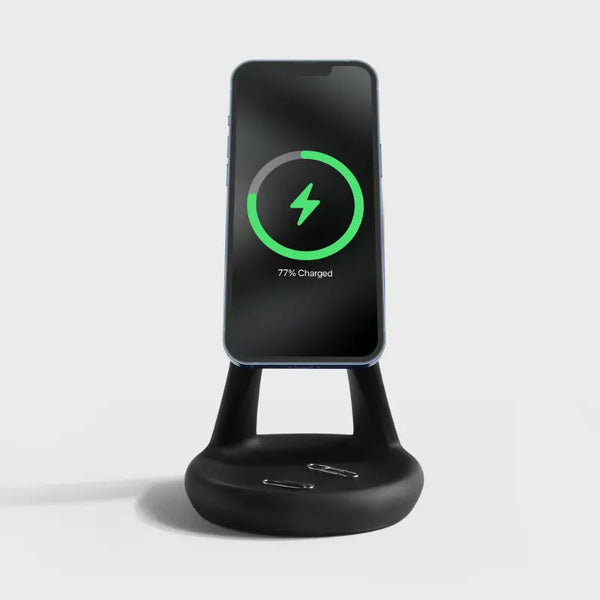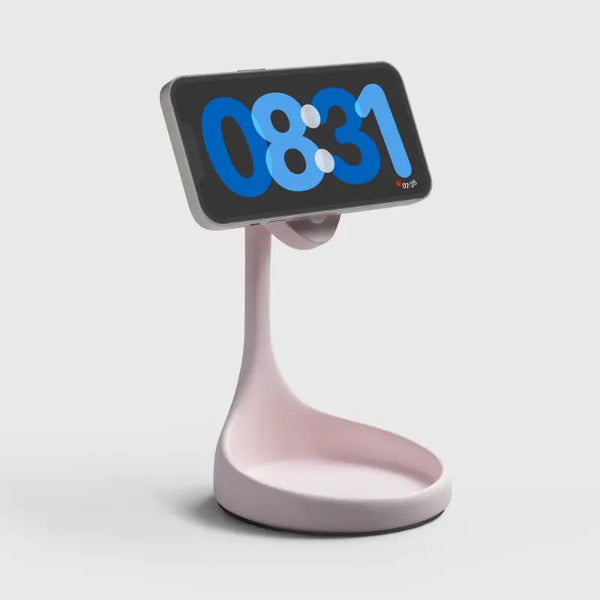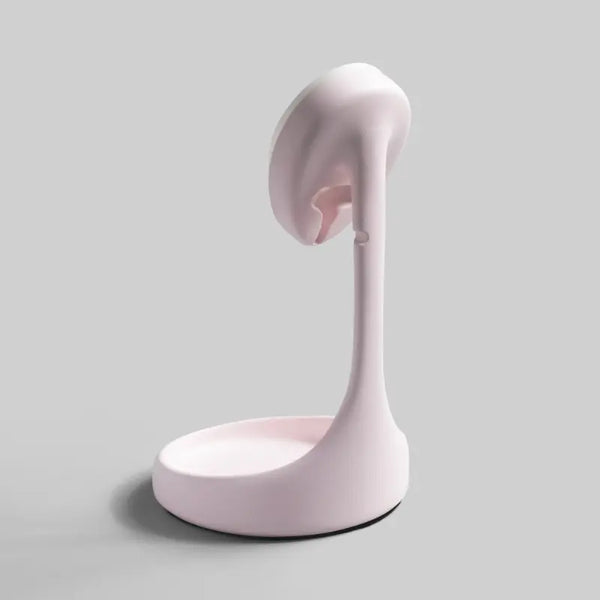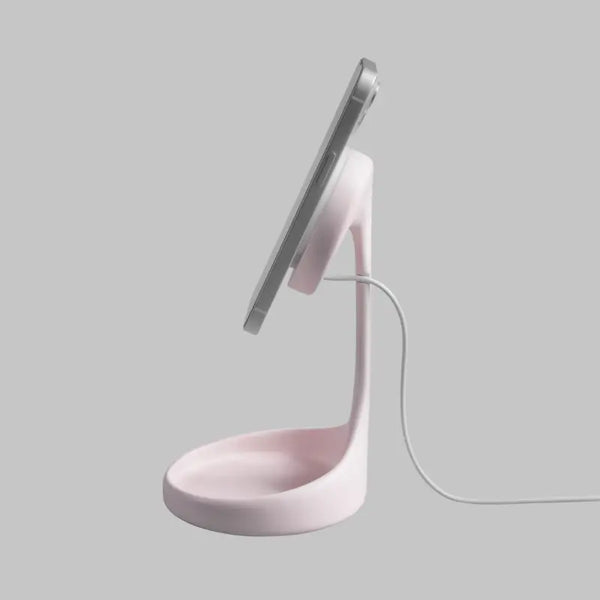It is common for ergonomic desk accessories to include mouse pads with raised
wrist rests. Because they allow people to rest their wrists rather than their elbows on hard surfaces, gel desks are well-liked. Do
wrist rests help, then? Without a
wrist rest, the ergonomics of a keyboard may work just fine. However, you'll find that maintaining good posture and position is easier the more adjustment points your setup has. Even though a
wrist pad might not be required, once you know how to use one, it can make good ergonomics a little bit simpler.
What is Mouse Wrist Rest?
While typing on a computer,
wrist rests act as a cushion or
wrist pad to support or cushion your wrists. Your hand will rest in a more natural, curved
wrist rest position if your mouse pad has an
ergonomic wrist rest use support, reducing unnecessary strain on your bones and muscles. With this pad, you can lift your wrist while using a computer mouse and maintain a natural position for your hands and wrists.
Benefits of Using Wrist Rests
When typing for extended periods, wrist cushions may make keyboard users feel more comfortable. Additionally, wrist fatigue and pain from prolonged keyboard use are less likely to occur. Additionally, wrist rests may be able to stop this kind of injury. For instance, using wrist rests can help prevent Carpal Tunnel Syndrome. In addition to performing hand and wrist exercises, you can purchase standalone wrist rests and keyboards with built-in wrist rests. There are keyboards with built-in elbow and mouse wrist rests from several upscale brands. An ergonomic wrist rest can be made out of plastic, resin, memory foam, gel, or even wood.Not all wrist rests have the same advantages as those listed in this wrist rest guide, and some wrist rests offer more support than others.
Wood Wrist Rests
Wooden wrist rests typically have a smoother surface and cause less friction in addition to offering firmer support. Compared to memory foam wrist rests, wooden wrist rests are more durable and sweat- and odor-resistant.
reduction of injury
What comes next in our guide to wrist rests? If there are no wrist rests, users will probably flex their wrists more while typing. As the bend angle increases, tendons and tendon sheaths are subjected to more contact stress and irritation. High repetition or keying can make this condition worse. While typing without a wrist rest for mouse, the wrist can also become stressed from constant contact with hard or sharp workstation components. Typing while supporting the wrist and palm may restrict wrist motion and cause awkward wrist postures.
How to Use Wrist Rests Correctly
Let's now discover how to use a wrist rest! Your wrists should not be bent upward or downward to be in a neutral wrist position. Any rest device that will be used should be integrated into an ergonomically designed workstation. The following recommendations are made by OSHA:
-
Make sure the other workstation components are adjusted so that the wrists maintain a neutral, in-line posture (chair, desk, keyboard).
-
While matching the wrist support to the width, height, and slope of the keyboard, make sure your wrist postures are as straight as possible.
-
While matching the wrist support to the keyboard's width, height, and slope, keep your wrists as straight as possible.
When performing tasks that require holding shoulders, elbows, and arms forward while holding up the wrists, t
here are ways to lessen muscular tension (e.g., typing and micro-electronics assembly). Other aspects to take into account include:
-
Is the angle and position of the keyboard conducive to a neutral wrist pose, where the forearms are pointed straight ahead rather than up, down, or in the direction of the little finger?
-
Does the mouse placement allow you to hold your wrist in a neutral position, without bending it upward, downward, or sideways toward your little fingers, with your hand in a straight line with your forearm?











